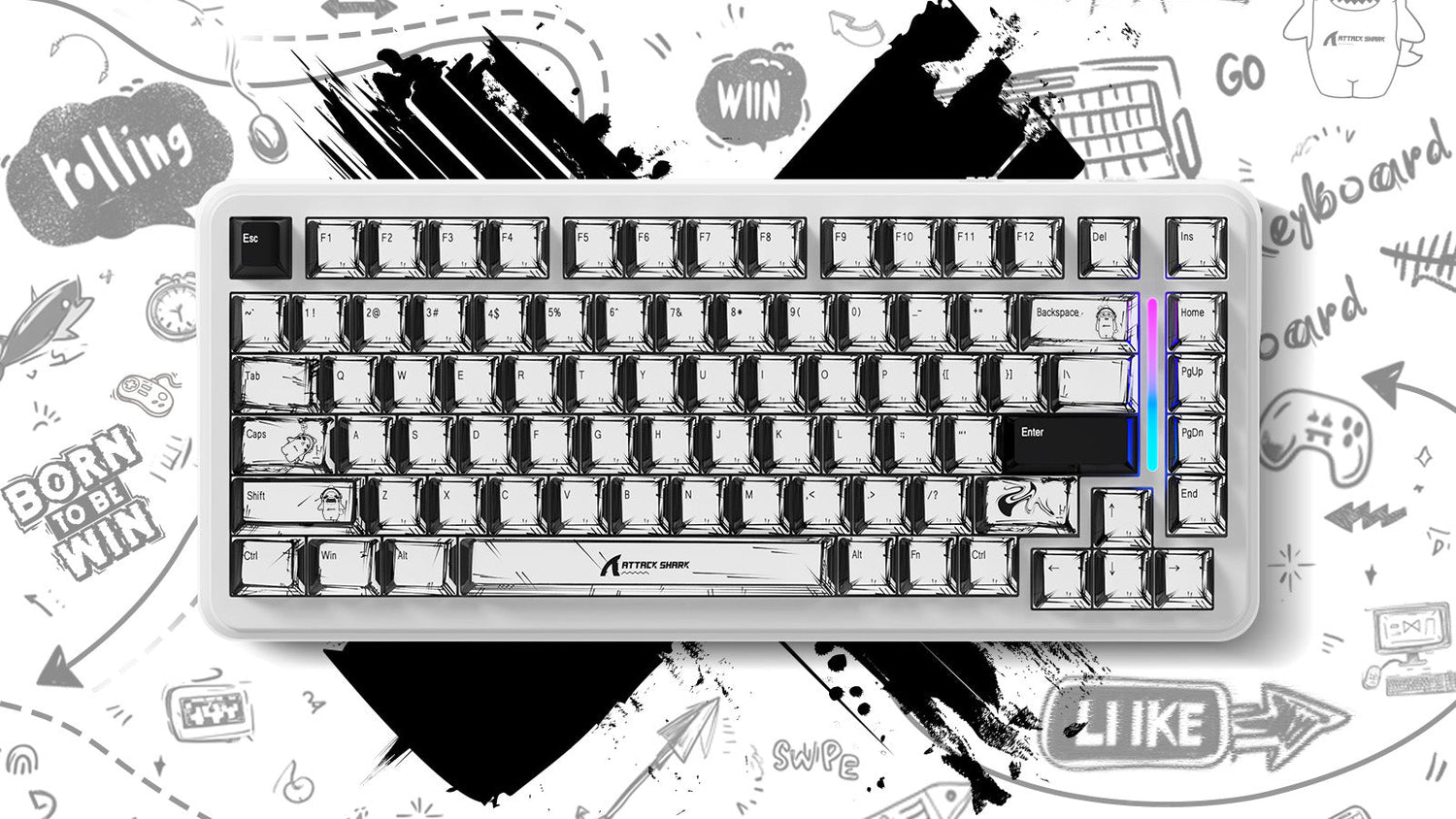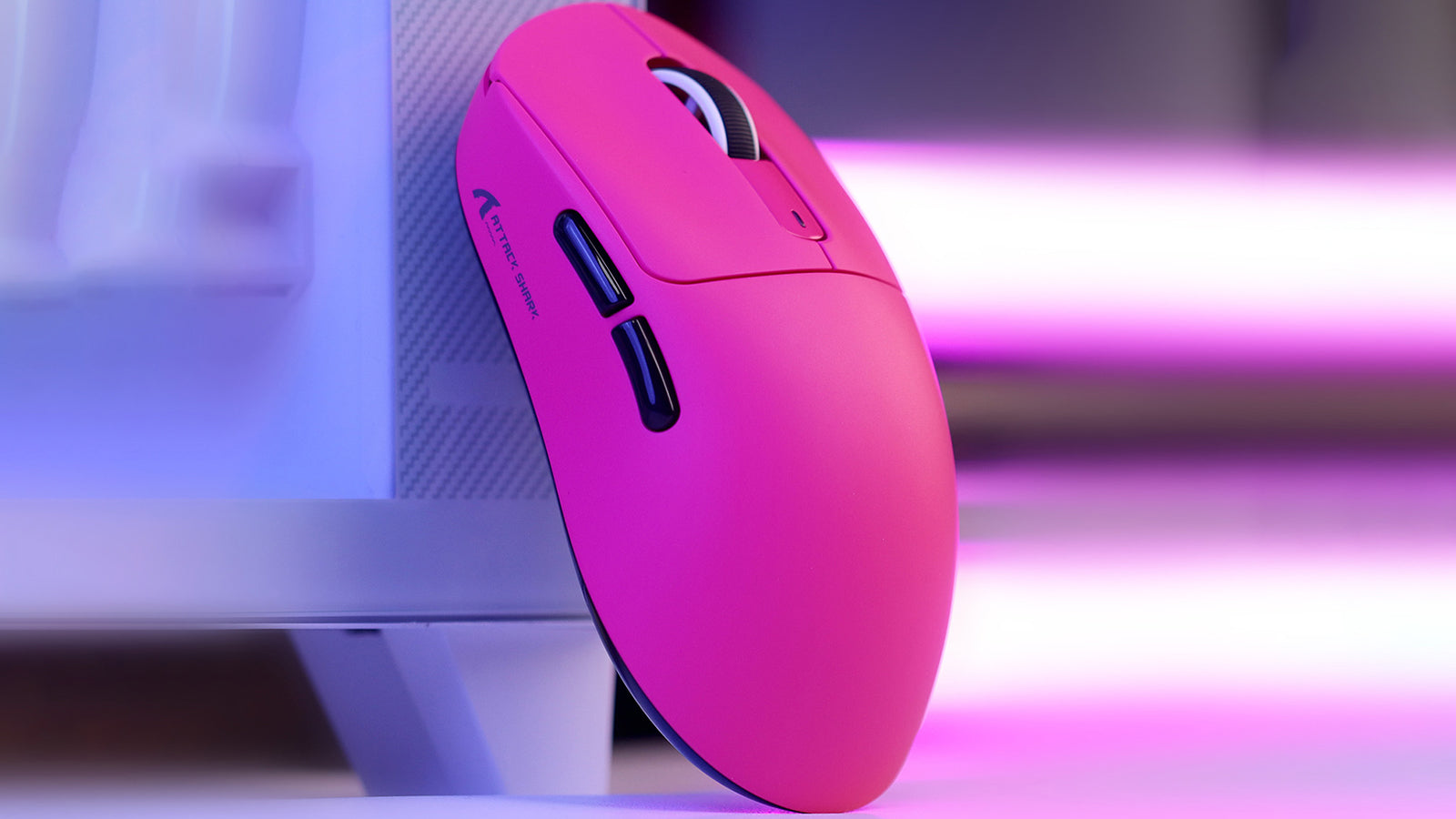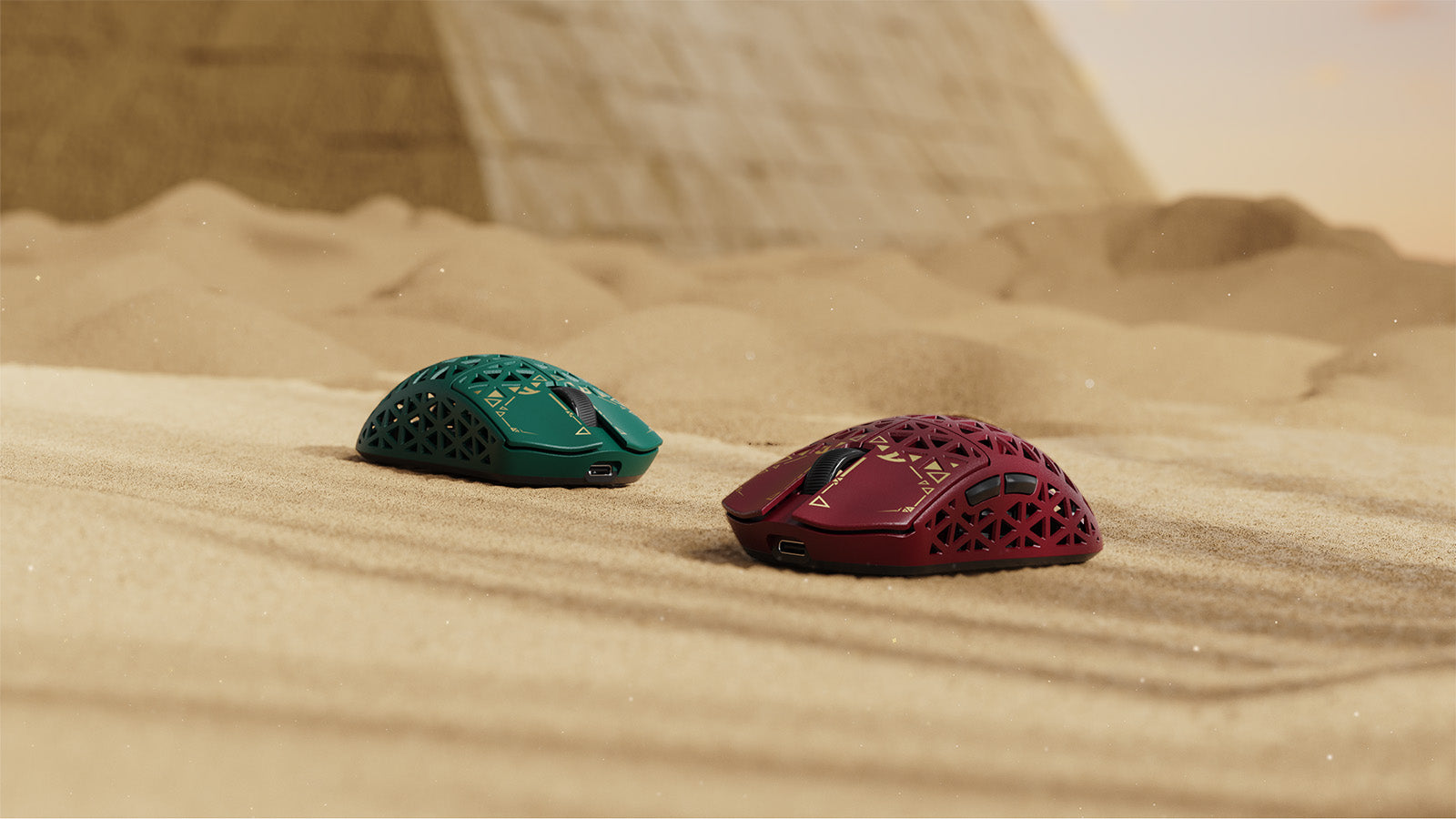If you're anything like me, you know your keyboard is more than just a bunch of letters – it's your command center, your weapon, your connection to the digital battlefield. But man, the prices are all over the place, right? You see one for $30, another for $300. What gives? I'm here to break down what you actually get for your hard-earned cash at different price points. No fluff, just the real deal from someone who's probably tried more keyboards than he's had hot dinners.
ATTACK SHARK K86PRO Wireless Mechanical Keyboard
The "Just Getting Started" Tier: Under $50
So, you're on a tight budget, or maybe you just blew all your cash on a new GPU (been there, done that). What can you expect from a keyboard that costs less than a new AAA game?
- The Feel: Mostly, you're looking at membrane keyboards. They work, sure, but they can feel a bit mushy. Think of your average office keyboard. Some might advertise "mechanical-feel" or "mem-chanical," which are usually membranes with a bit more tactile bump, but don't expect true mechanical switch precision.
- Build & Materials: It's gonna be plastic, through and through. Not necessarily a bad thing for the price, but don't expect it to survive a rage quit slam. Keycaps will likely be thin ABS plastic with printed or laser-etched legends that can wear off over time.
- Lights & Features: Basic backlighting is common, maybe a single color or a "rainbow" effect that just cycles through colors in zones, not per-key RGB. You'll get standard anti-ghosting for common gaming keys (WASD, Shift, Space), but N-key rollover (pressing many keys at once without issue) might be limited. Extra features like dedicated media keys are rare; they’re usually integrated as secondary functions with an "Fn" key.
This tier is perfect if you're dipping your toes into PC gaming, need a quick replacement, or if gaming isn't your primary focus. They get the job done without hurting your wallet.

The Sweet Spot: $50 - $120 – Where Most Gamers Live
This is where things get interesting. You've got a bit more to spend, and the improvements are noticeable. This is probably the most popular price range, and for good reason.
- Mechanical Switches Emerge: This is the biggest upgrade. You'll start seeing keyboards with genuine mechanical switches. Often, these are clones of Cherry MX switches, which are honestly pretty good these days. You'll find options for linear (smooth), tactile (bumpy), and clicky switches.
- Better Build, Better Feel: While still primarily plastic, the construction quality usually steps up. You might find keyboards with a metal top plate, adding rigidity and a more premium feel. Keycaps are often still ABS, but sometimes you'll find double-shot ABS, meaning the legends won't wear off. The overall typing experience is just more satisfying and responsive.
- RGB & Software Control: Per-key RGB backlighting becomes much more common. This means you can customize the color of each individual key. You'll also likely get software support from the manufacturer to control lighting effects, create macros, and rebind keys. This is a big deal for personalization.
- More Gamer-Friendly Features: N-key rollover is pretty standard here. You might also find dedicated media keys, a volume wheel/roller, and sometimes even a basic detachable wrist rest. Detachable USB cables also start appearing, which is great for portability and replacement if the cable frays.
For most gamers, this tier offers the best bang for your buck. You get a solid mechanical experience, good features, and decent build quality without needing to take out a second mortgage.

The Premium Experience: $120 - $200 – For the Discerning Gamer
Okay, now we're talking about business-oriented keyboards. If you're serious about gaming and like the finer things in life, then this is your territory.
- Top-Class Switches & Parts: You're almost guaranteed to receive actual Cherry MX switches or very high-quality proprietary switches. Build quality is usually great, with strong aluminum frames or very long-lasting, high-quality plastics. They feel solid and durable.
- Keycap Quality Upgrade: Double-shot PBT keycaps become more prevalent. PBT is a more durable plastic than ABS; it resists shine from finger oils, and the legends are super crisp and will never fade. The typing feel is often said to be more textured and solid.
- All the Bells and Whistles: Expect all the bells and whistles. Robust software with ample customization, USB pass-throughs (for headset or mouse), macro keys, magnetic wrist rests, and heavy-duty braided detachable cables are business as usual. Some boards even come with proprietary technology like analog input switches or adjustable actuation points.
- Design and Aesthetics: The companies pay greater attention to the design. You'll see cleaner profiles, better finishing, and finer attention to detail. The lighting effects are brighter and smoother.
This is the level for those who want an unhinged experience and will pay for top-end components, features, and build quality. Think Attackshark. These are keyboards that sound and feel like professional-grade equipment. When I got my first board in this category, the keycap texture difference and overall build quality difference was evident at once.

The Enthusiast & Custom Realm: $200+
Welcome to the deep end, everyone. This is where keyboards are not just a peripheral but a hobby.
- Hot-Swappable Switches: One of the features here is hot-swapping sockets, and you can swap mechanical switches without soldering.
- King of customization: You are looking at customized cases (aluminum, polycarbonate, acrylic), diverse mounting types (gasket mount, top mount), customized plates (brass, carbon fiber), and huge focus on sound and feel. People in this space will oil switches, add foam, and switch stabilizers in a bid to get their optimal typing experience.
- Aesthetics & Keycaps: High-end PBT keycap groups that have been bought in group buys are fashionable, typically with unique colorways and designs. Artisan keycaps – diminutive, handmade sculptures that replace one key – are a big deal as well.
- Form Factors & Programmability: 60%, 65%, or 75% is normal for smaller form factors, emphasizing desk real estate and ergonomics. Premium programmability through firmware like QMK or VIA offers total key and layer control.
This isn't gaming anymore; this is creating a genuinely personal typing machine. It's a rabbit hole, certainly, but one that's very deeply rewarding if you like to mess around. My current daily driver is a custom build, and the process of picking every part was half the fun.
ATTACK SHARK x AJAZZ AK820 Pro Tri-mode Gasket Mechanical Keyboard
Wrapping It Up
And there you have it. The cost of gaming keyboards isn't arbitrary. You're getting switch type, build quality, keycap type, features, and oftentimes, the degree of customizability. Don't just stare at the price point; look at what you need. Are you a hobbyist gamer? The middle point is likely your best bet. A hardcore fan who's in search of the best? High-end or custom might be calling your name. Choose responsibly, and happy gaming!








Leave a comment
This site is protected by hCaptcha and the hCaptcha Privacy Policy and Terms of Service apply.